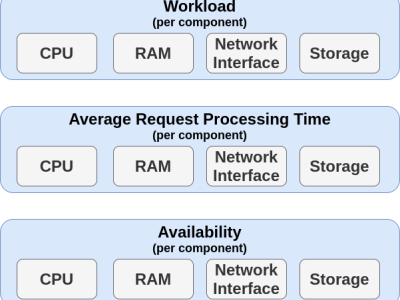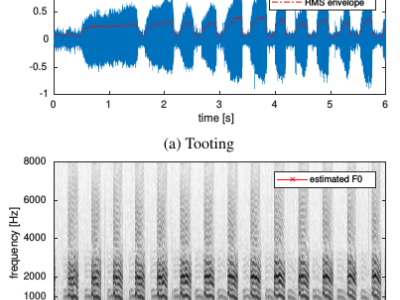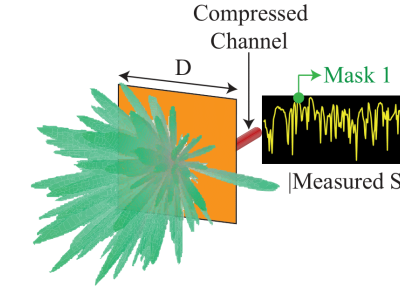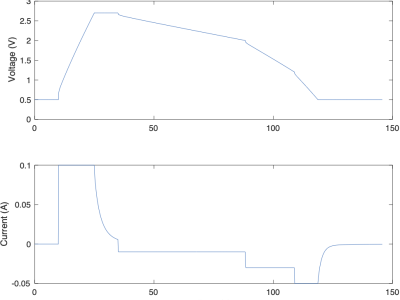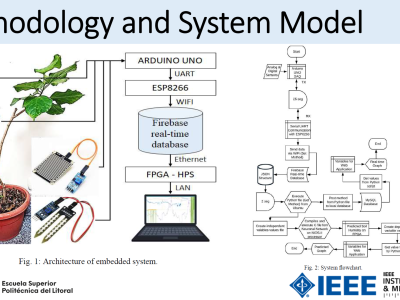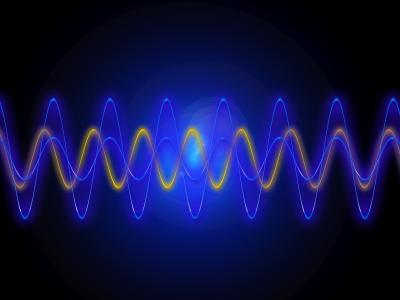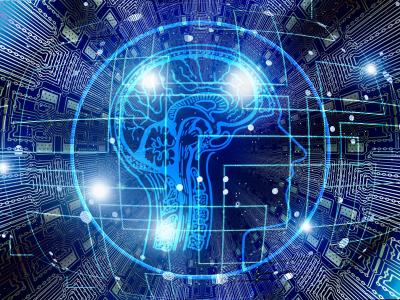
<p>Numerical comparison serves as a major tool in evaluating the performance of optimization algorithms, especially nondeterministic algorithms, but existing methods may suffer from a ‘cycle ranking’ paradox and/or a ‘survival of the nonfittest paradox. This paper searches for paradox-free data analysis methods for numerical comparison. It is discovered that a class of sufficient conditions exist for designing paradox-free analysis. Rigorous modeling and deduction are applied to a class of profile methods employing a filter.
- Categories:
